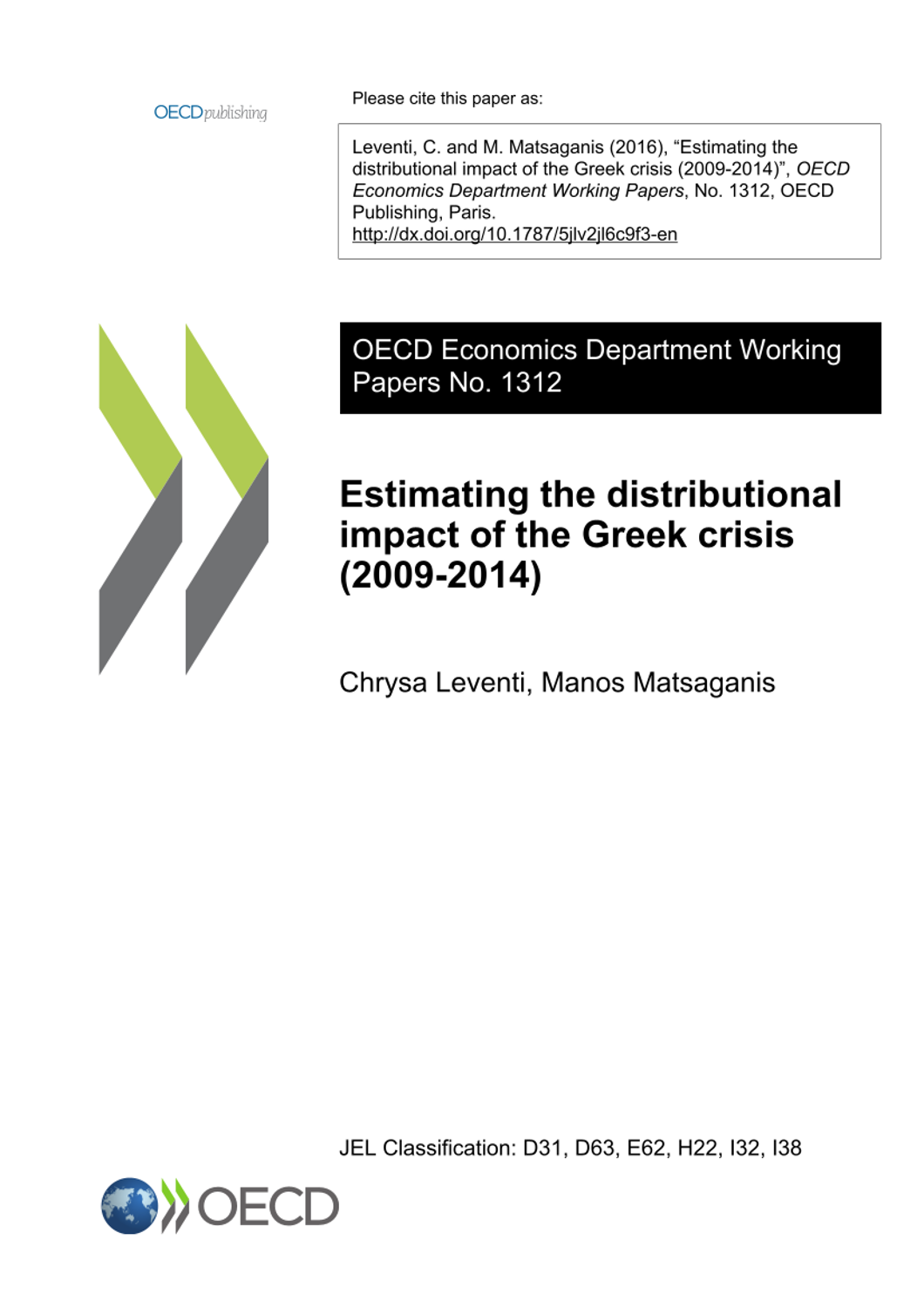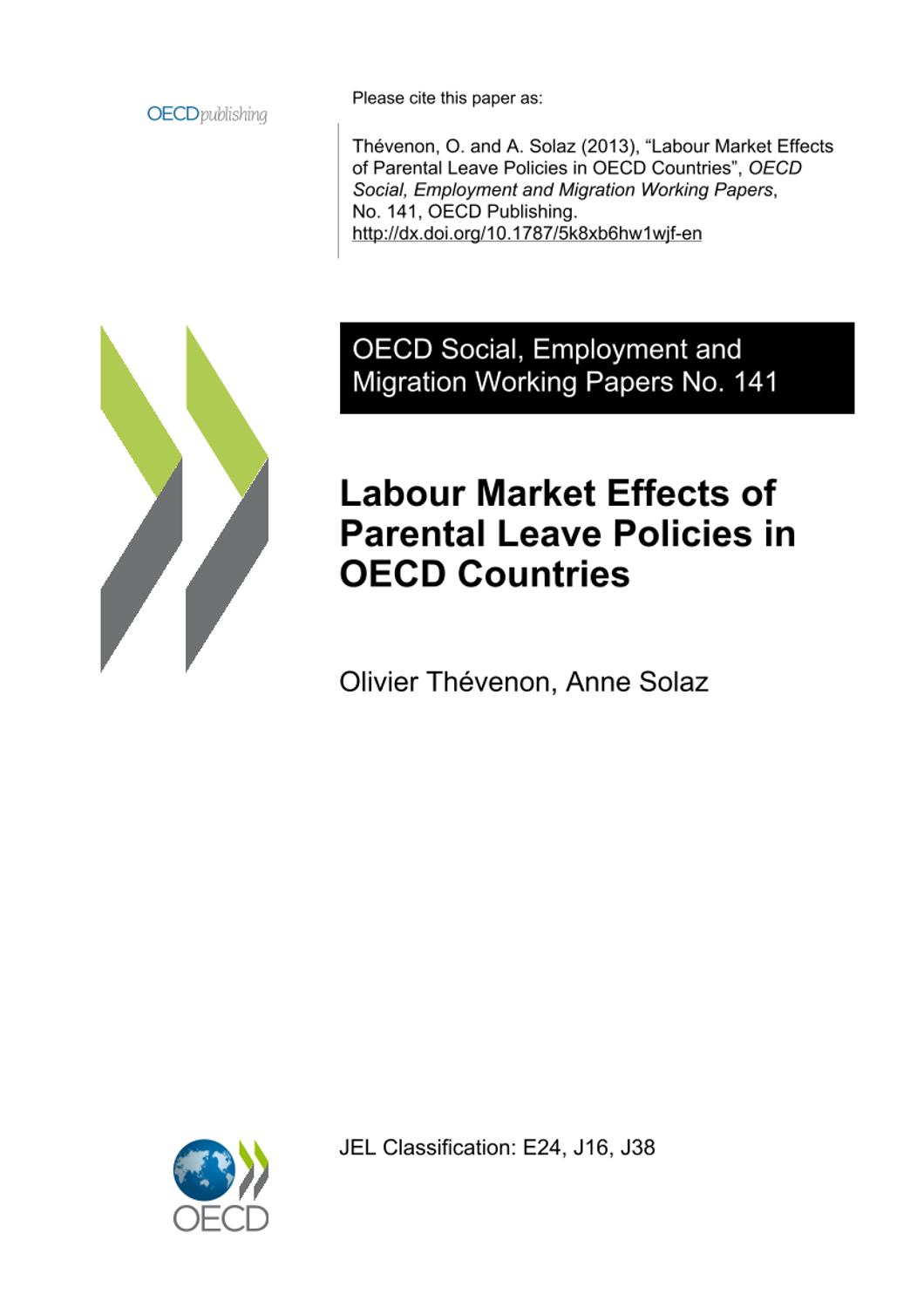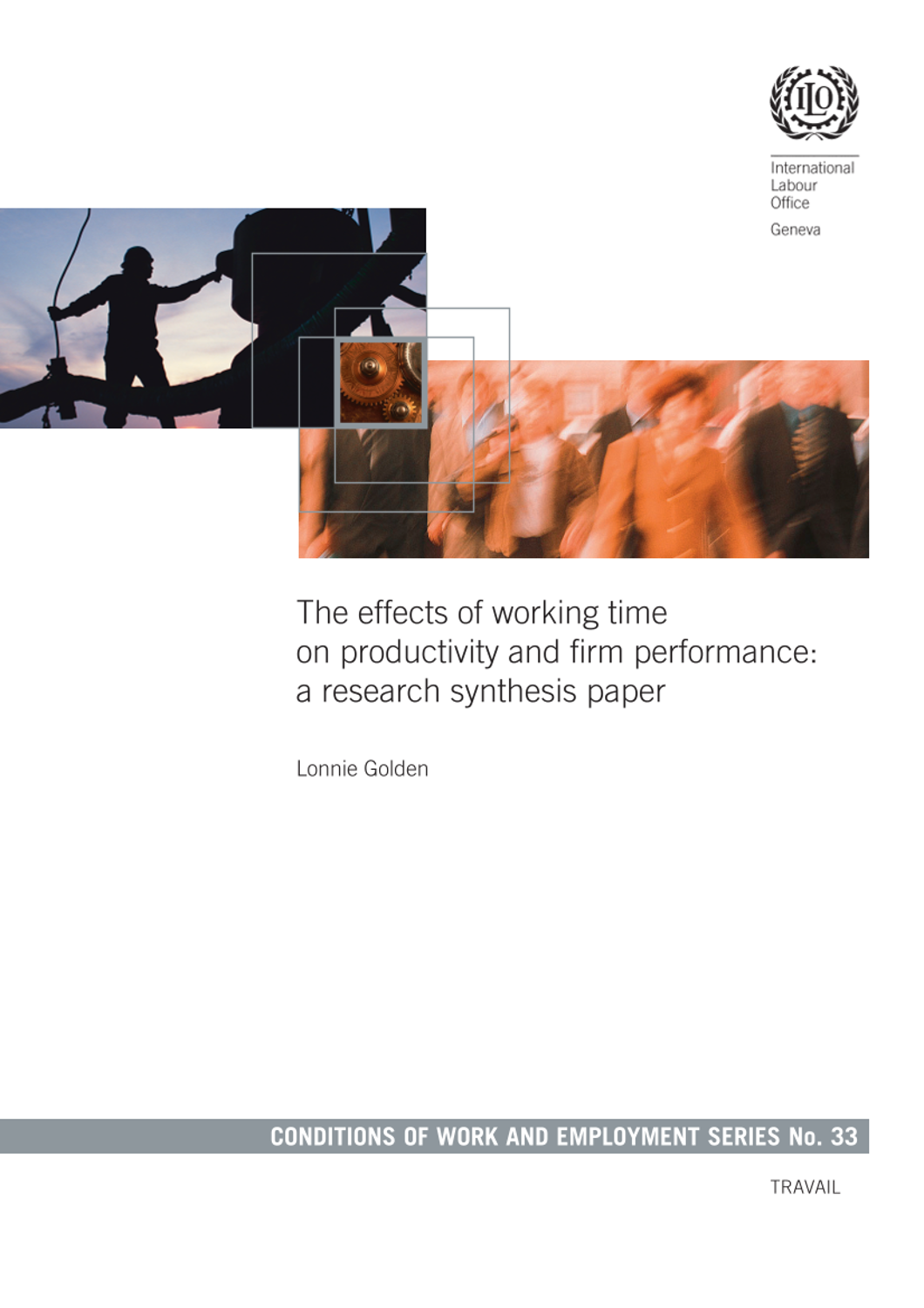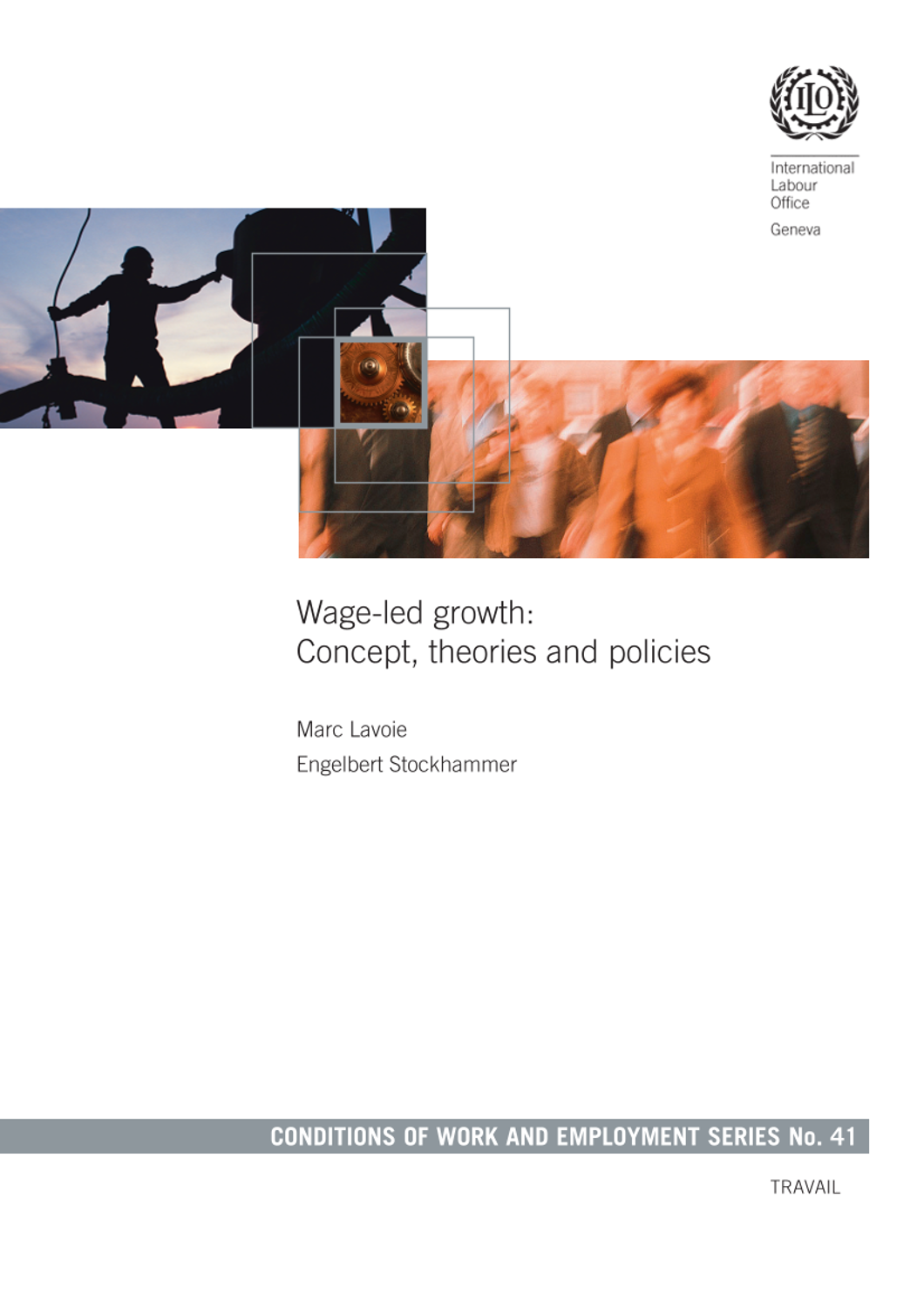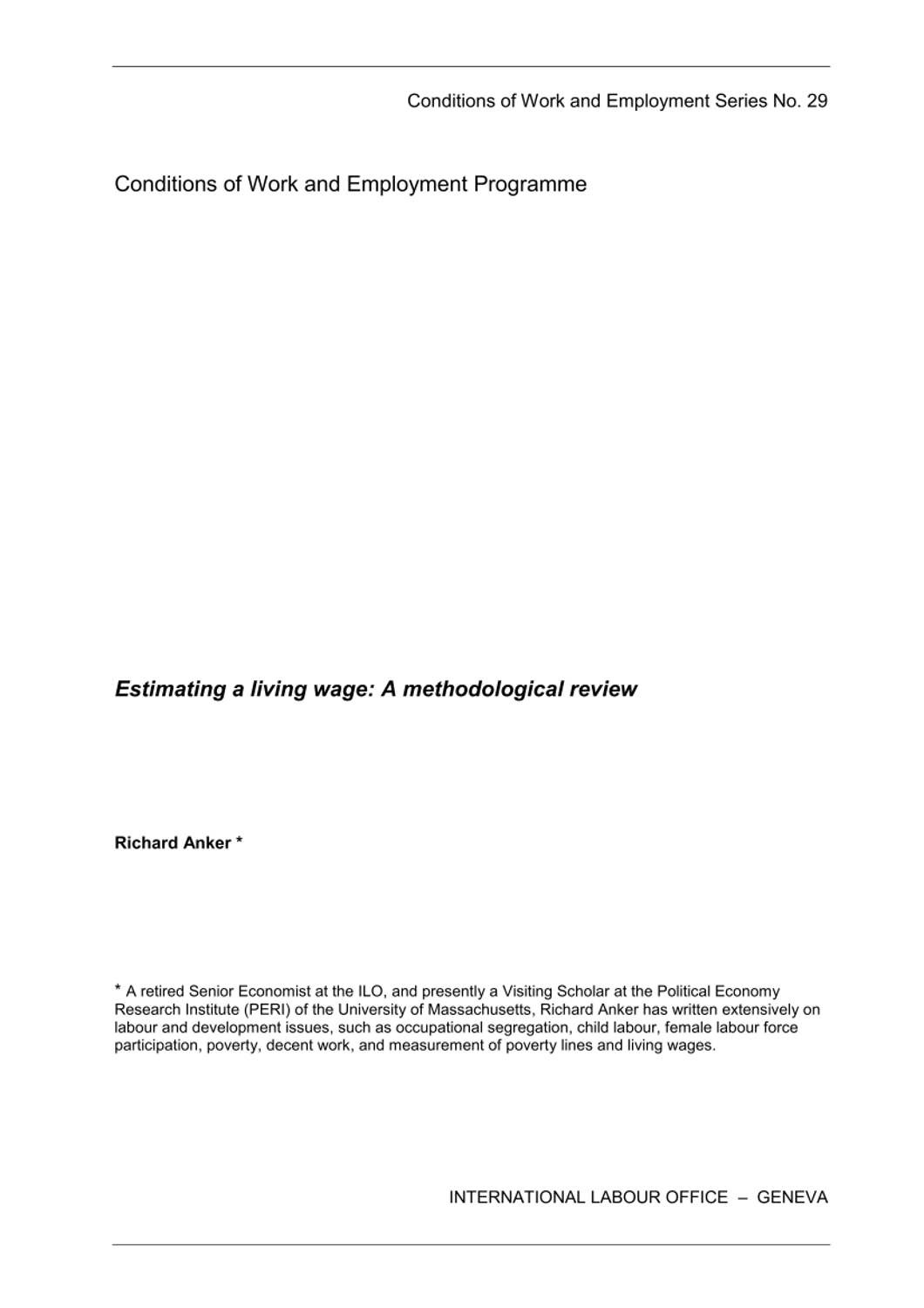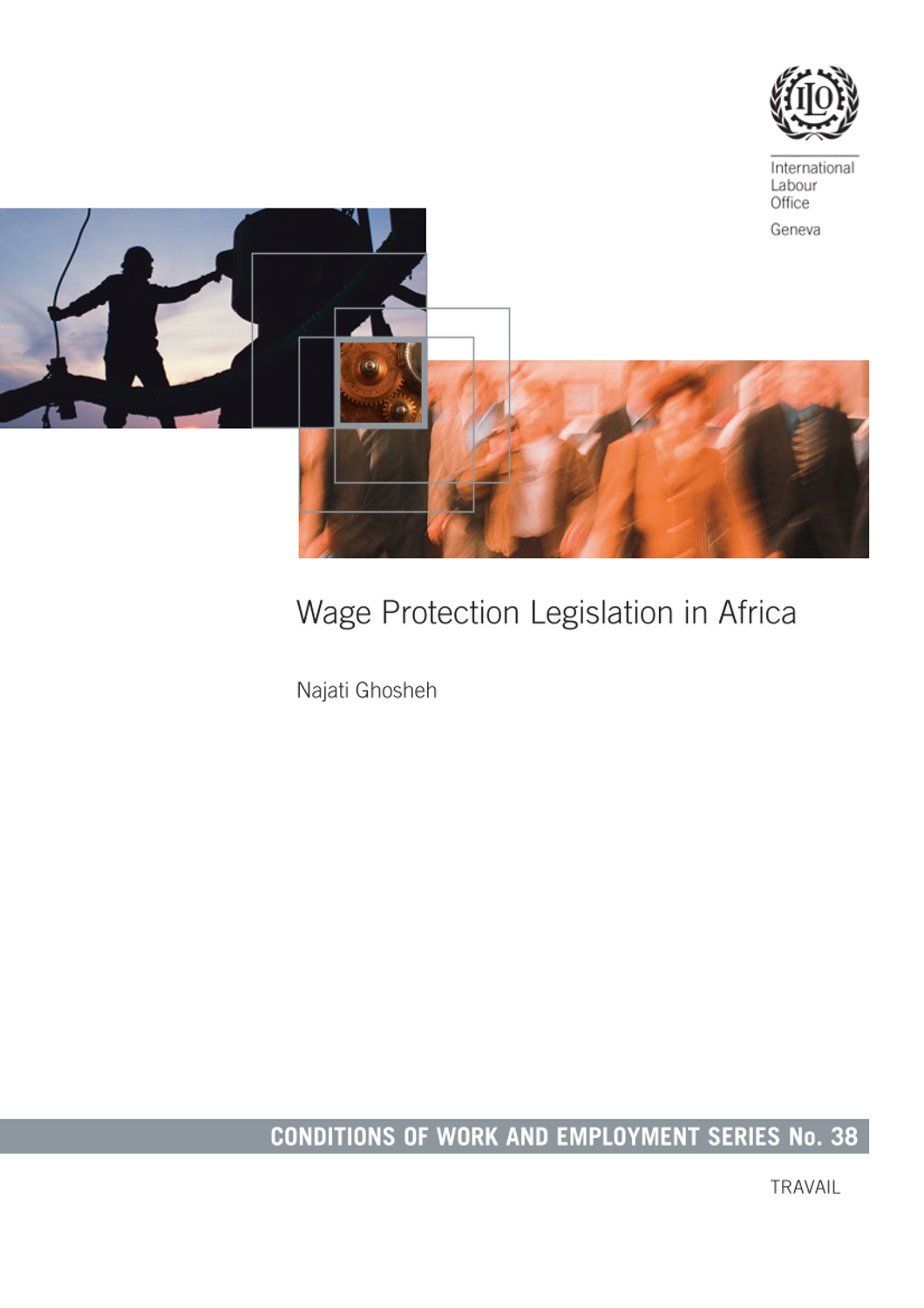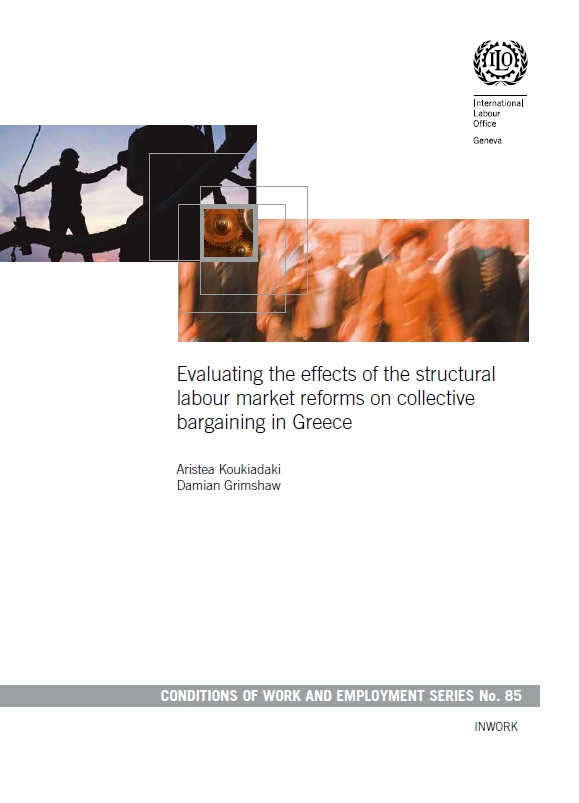
연구보고서INWORK working paperConditions of Work and Employment Series 85
Evaluating the effects of the structural labour market reforms on collective bargaining in Greece
- 청구기호
- CWES 85
- 발행사항
- Geneva : ILO, 2016
- 형태사항
- 153 p. :. PDF file ;. 1,573 KB
- 바로가기
소장정보
| 위치 | 등록번호 | 청구기호 / 출력 | 상태 | 반납예정일 |
|---|---|---|---|---|
이용 가능 (1) | ||||
| E0002316 | 대출가능 | - | ||
이용 가능 (1)
- 등록번호
- E0002316
- 상태/반납예정일
- 대출가능
- -
- 위치/청구기호(출력)
책 소개
In assessing the impact at firm, sectoral and cross-sectoral level the report seeks to identify what arrangements can be compatible with the goals of promoting sustainable and inclusive growth. Methodologically, the report has been compiled by relying on a number of tested deskbased and empirical research tools utilizing published quantitative data, mining our existing qualitative data and conducting new empirical research in the service sector. The report builds on a legal analysis of
primary and secondary sources, a state-of-the-art review of economics and comparative industrial relations research, a quantitative (descriptive) analysis of collective agreements, analysis of interview data with key informants plus documentary material at sectoral/occupational level, and original casestudy evidence at company level. In parts, the report relies on and updates research already conducted by the team on the crisis-related measures affecting labour market regulation and their potential implications for joint regulation via collective bargaining.
목차
1. Introduction
2. Reviewing the legal and institutional reforms of collective bargaining
2.1. The legal and institutional framework for collective bargaining in the pre.crisis period
2.2. ‘Structural labour market reforms’ affecting the legal and institutional framework for collective bargaining during the crisis
The interventions of 2012
Change of direction
2.3. Summary
3. Varieties of collective bargaining and their effects on wages and competitiveness
3.1. Mainstream economics and collective bargaining: The effects of ‘distributional coalitions’
3.2. Understanding institutional complexity in country and industry wage.setting
3.3. The empirical evidence: What are the effects of collective bargaining on unemployment, productivity and wages?
Unemployment effects
Productivity effects
‘Excessive’ real wage effects
Relative wage (distributional, segmentation and exclusion) effects
3.4. Policy implications
4. What effects on the structure, process and character of collective bargaining? Case.study findings
4.1. The effects of the reforms on the national general (inter.sectoral) collective bargaining agreement
4.2. The effects of the legal changes on sectoral and occupational collective bargaining
Diverse developments in sectoral collective bargaining
4.3. The effects of the reforms on company.level bargaining
4.4. Overview of the effects of the changes on the structure, process and character of bargaining
5. What effects on the role of collective bargaining in wage determination?
5.1. Characterising the radical transition in the structure of collective bargaining
5.2. Recent years: consolidating the marginalization of collective bargaining
The collapse in collective bargaining coverage
5.3. Internal devaluation via wage adjustment
Sector patterns
5.4. Summary and conclusion
6. What outcomes for sectors, firms and workers? Case.study evidence
6.1. Wage distribution outcomes at sector and company levels
Sector.level developments
Company.level developments
6.2. Labour market performance and productivity
Labour market performance
6.3. Pay equity, working time and atypical work
Aggregate pay equity effects: relative and absolute measures
Working time
Atypical forms of work
6.4. Sector and firm competitiveness
6.5. Summary
7. Conclusions and recommendations
References
ANNEX
Conditions of Work and Employment Series


